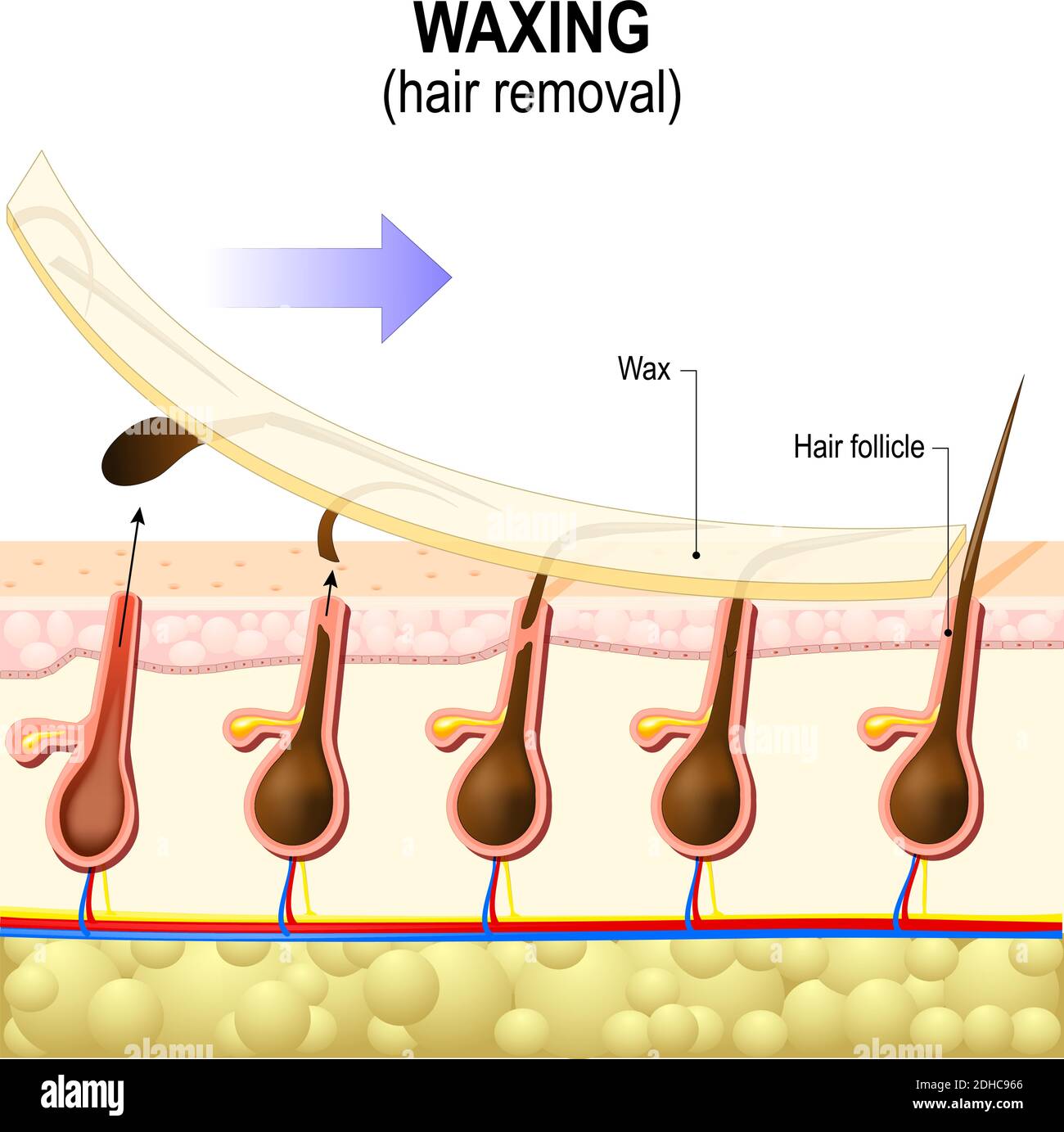Waxing Aftercare Tips: Maintain Smooth Skin Longer
Waxing Aftercare Tips: Maintain Smooth Skin Longer
Blog Article
Grasping the Art of Shaving: Vital Tips for a Pain-free Hair Removal Experience
In the realm of individual pet grooming, grasping the art of shaving is an ability that can substantially improve one's hair elimination experience. The process of shaving, though efficient in accomplishing smooth skin, can commonly be related to discomfort and discomfort if not performed appropriately. By understanding and carrying out crucial suggestions, individuals can browse this hair elimination method effortlessly and marginal pain. From pre-waxing prep work to selecting the ideal wax and grasping proper waxing techniques, the journey to a pain-free shaving experience is led with knowledge and expertise.
Pre-Waxing Prep Work
Before going through a waxing session, it is crucial to correctly prepare your skin to reduce pain and achieve ideal hair removal outcomes. Beginning by exfoliating your skin a day or more before your visit to eliminate dead skin cells and prevent in-grown hairs. This step aids the wax stick much better to the hair, guaranteeing an extra effective elimination procedure. Prevent moisturizing on the day of your shaving session as it can create a barrier in between the wax and your hair, leading to much less successful outcomes. Additionally, it is advisable to trim your hair to regarding a quarter of an inch prior to waxing to avoid unnecessary discomfort throughout the procedure.
Furthermore, it is essential to cleanse your skin completely prior to waxing to get rid of any oils, lotions, or dirt that could disrupt the wax's capability to hold the hair. This action not just enhances the effectiveness of the waxing process but also helps in reducing the risk of post-waxing outbreaks - Laser Hair Removal. By complying with these pre-waxing preparation actions, you can make certain a smoother and extra comfy hair elimination experience

Selecting the Right Wax
Selecting the suitable sort of wax is crucial for making sure a comfortable and effective hair removal procedure. There are numerous kinds of waxes offered, each accommodating different skin types and hair appearances. The 2 primary categories of wax are difficult wax and soft wax. Hard wax appropriates for sensitive locations like the face, underarms, and swimwear line as it sticks just to the hair, making it much less painful for these delicate areas. On the other hand, soft wax is optimal for bigger areas like legs and arms as it is applied very finely and gotten rid of with cloth strips.
When choosing a wax, consider your skin sensitivity, hair density, and the location you intend to wax. For those with delicate skin, hypoallergenic waxes with added comforting representatives like chamomile or aloe vera can help in reducing irritation. Rugged hair may require a wax especially created for strong hair removal. Additionally, if you are new to waxing, it might be helpful to begin with a mild formula to determine your skin's response before trying more powerful alternatives. Consulting with a professional esthetician can also give useful understanding right into the most effective wax for your individual demands.
Correct Waxing Method
To start, it is essential to clean the skin thoroughly before applying the wax. In addition, constantly make certain that the wax is warmed to the correct temperature to prevent burns or inadequate hair elimination. Applying the wax in the instructions of hair growth and eliminating it versus the hair growth helps to make sure that the hair is drawn from the root, resulting in smoother and longer-lasting results.
Furthermore, using little sections of wax each time and pushing securely on the wax strip prior to elimination can help boost the efficiency of the procedure. Finally, remember to apply mild stress on the skin after waxing to reduce and calm any type of pain redness. By following these proper waxing techniques, you can attain a much more enjoyable and successful hair removal experience.
Aftercare Tips

In addition, it's suggested to avoid from tasks that might create extreme sweating, such as intense workouts, immediately after waxing to stop more irritability. Using a cool compress or aloe vera gel can assist decrease inflammation if any kind of redness or bumps linger after waxing. Adhering to these aftercare suggestions vigilantly can ensure a comfy and efficient waxing experience with resilient outcomes

Troubleshooting Common Issues
Another problem is ingrown hairs, where hair swirls back or grows laterally into the skin after waxing. In addition, if you experience wounding or redness after waxing, applying a chilly compress can lower inflammation and calm the skin. By resolving these common waxing concerns proactively, you can enhance the general performance and comfort of your hair removal regimen.
Conclusion
In verdict, grasping the art of waxing needs proper preparation, selecting the ideal wax, making use of the proper strategy, and following aftercare suggestions. With technique and attention to detail, waxing can be an efficient hair elimination method.
In my explanation addition, it is vital to clean your skin extensively prior to waxing to get rid of any kind of oils, creams, or dust that could interfere with the wax's capability to grasp the hair. The two primary classifications of wax are hard wax and soft wax.When picking a wax, consider your skin sensitivity, hair thickness, and the area you intend to wax.Moreover, using small areas of wax at a time and pushing securely on the wax strip before removal can help improve the efficiency of the procedure. After waxing, it's critical to maintain the waxed location clean and complimentary from irritants.
Report this page